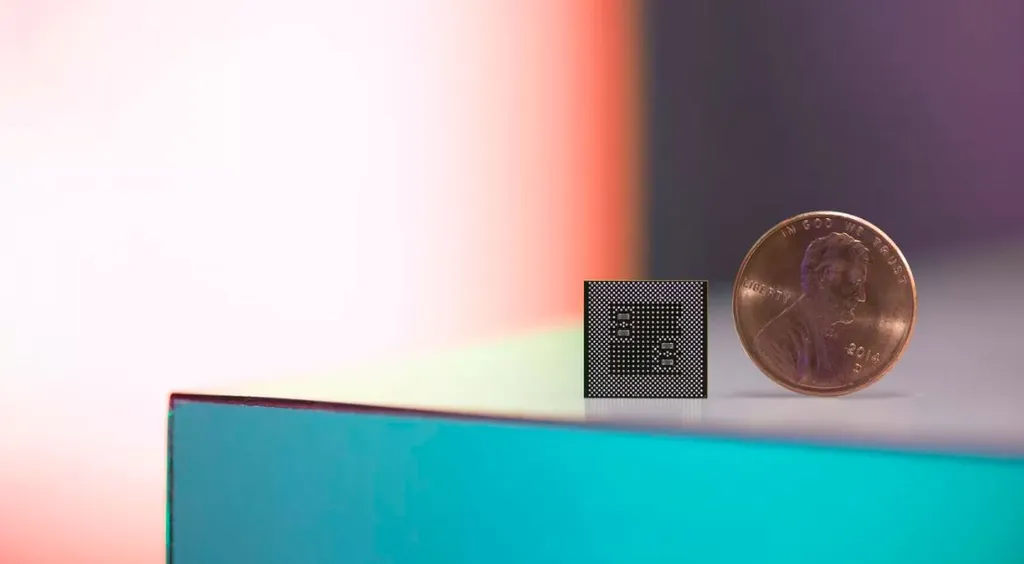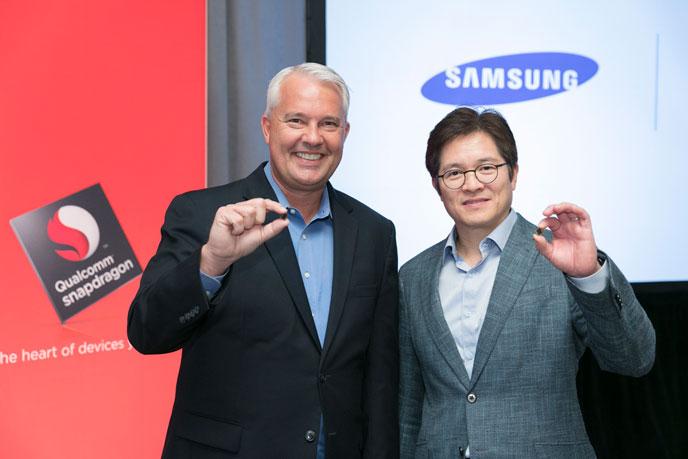Mobile VR will always be under-powered compared to the bigger, better PC and console-based counterparts. The fact of the matter is that a mobile device such as a smartphone just doesn’t pack the punch that a $1,000+ computer or game console does, no matter how advanced it is. However, that doesn’t mean the gap can’t close a bit further with each passing year and that’s exactly what the Qualcomm Snapdragon 835 aims to do.
Qualcomm is aiming for the Snapdragon 835 to do impressive things for the mobile VR and AR landscapes, if it all works according to plan. During the Qualcomm press conference at CES 2017 in Las Vegas, NV, Keith Kressin, Senior Vice President for Snapdragon Roadmap & Technologies at Qualcomm, outlined the laundry list of features and specs.
“You’ll be able to enjoy multiple hours of VR experiences, much better battery life, and much more power,” explained Kressin. “In terms of immersion, it’s key that you don’t just use a regular mobile chip for AR and VR, but that you design one specific to those devices. We focus on what you can see and what you can hear.”
According to Kressin, the 835 is improving visual fidelity by up to 25%, adds in foveated rendering support, a 10-bit display with a 16x improvement in the number of colors you see, improved signal-to-noise ratio, 3D spatial audio support, reduced motion-to-photon latency, 6-degrees of freedom, and integrated Wi-Fi support.
And consumers won’t have to wait long for these advancements as Kressin stated that the Qualcomm Snapdragon 835 is expected to be included in devices shipping as early as the first half of this year, including not only Android smartphones, but also dedicated VR headsets, tablets, and PCs as well. The device will support Google’s operating systems, as well as full Windows 10 and all legacy Win32 applications.
More information about the Qualcomm Snapdragon 835, including our impressions, will be published throughout this week with the rest of our coverage from CES 2017.
—
h/t to Anshel Sag for livestreaming the press conference, which was referenced for this story, in addition to in-person accounts from members of the UploadVR editorial team.



























